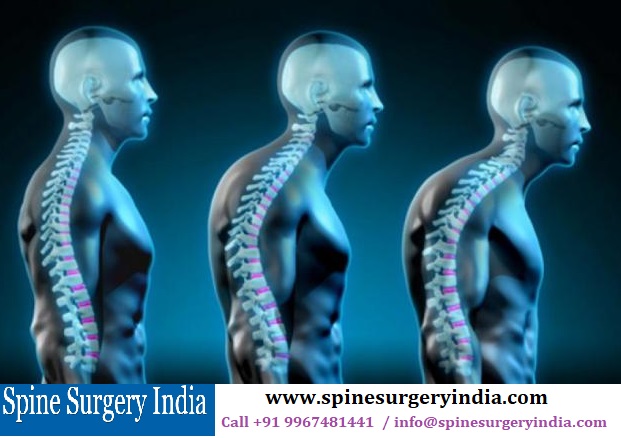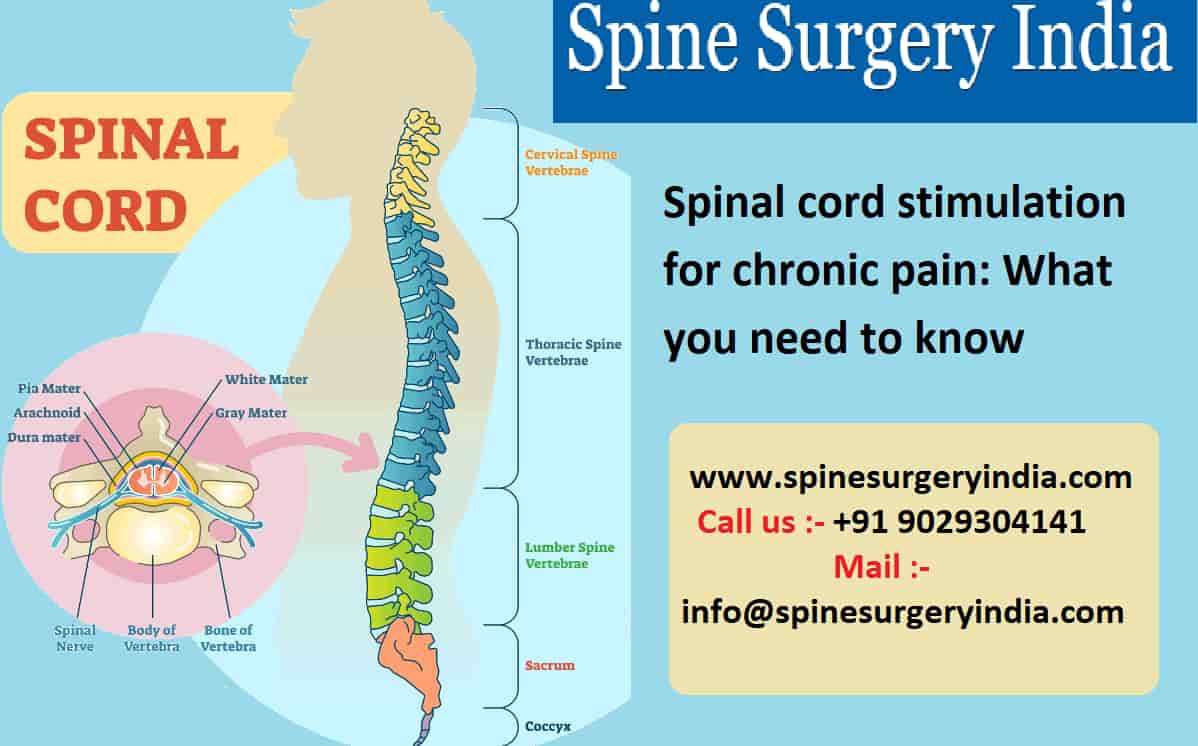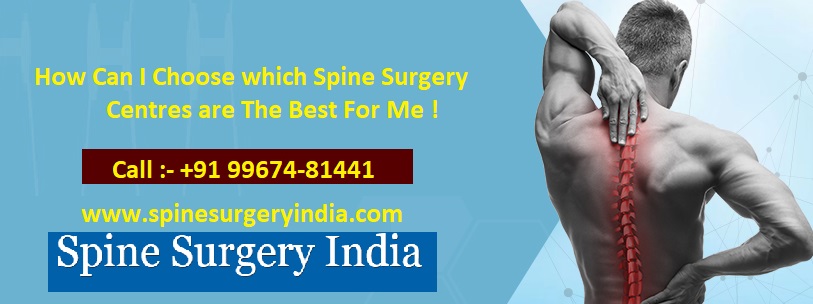
Kyphosis is an abnormal rounding of your upper back and this is a relatively common condition which often develops in adolescence or young adulthood. If you have a small curve in your upper back then it is normal, however, kyphosis is an excessive spinal curve which can cause discomfort and lasting issues throughout your body. The main causes of kyphosis are poor posture, abnormalities in the spine, or age-related weakness.
Symptoms of Kyphosis
According to the study, the primary symptom which is noticed of kyphosis is an abnormal forward curve in the upper part of the spine. It causes the upper back to appear hunched over, with the shoulders rounded forward.
There are few cases where the spinal curve is not always noticeable. In other instances, a person may look as if they are bending forwards.
Kyphosis is a disease which often occurs without any other symptoms. However, other symptoms can include the following:
- Back pain
- Stiffness in the upper back
- A rounded back
- Tight hamstrings
Causes of Kyphosis
The spine which comprises bones is known as vertebrae that stack on top of each other. This is a unique structure in the body which allows your spine to be supportive as well as flexible. It also means that your spine is particularly vulnerable to damage.
The occurrence of kyphosis happens when the vertebrae in the upper part of the back, which is known as the thoracic region, become wedge-shaped and this causes the spine to curve forward more than usual.
This can happen due to the following:
- Poor posture
- Older Age
- Developmental issues
- Abnormal shape of vertebrae
Types of Kyphosis
There are several types of kyphosis, including the following:
a) Postural kyphosis: This is one of the most common forms of kyphosis and this usually occurs in adolescents, when their spine and surrounding muscles develop abnormally. This is the best example of poor posture.
b) Congenital kyphosis: This condition of kyphosis occurs when the spine does not develop properly in women womb and it will cause kyphosis at birth. This is a condition which is rapidly worsened with age.
c) Scheuermann’s kyphosis: This type of kyphosis also tends to develop during adolescence; however, it can become more severe than postural kyphosis. According to the study, the doctors are also not aware that what causes this form of kyphosis.
d) Degenerative kyphosis: This is a type of kyphosis develops deformity due to wear and tear on the spine over time. Spinal arthritis with degeneration of the discs is the cause of kyphosis.
e) Neuromuscular kyphosis: This is a type of kyphosis which occurs in children with certain neuromuscular disorders, such as cerebral palsy, muscular dystrophy or spina bifida.
f) Nutritional kyphosis: This is a type of kyphosis which is caused by certain vitamin deficiencies during childhood, such as a vitamin D deficiency.
How the condition of Kyphosis can be treated?
The surgeons at all the network hospitals under Spine Surgery India will offer the best treatment which focuses on preventing the curve from worsening and restoring normal posture where possible. However, the treatment for kyphosis mainly depends on the type and severity of the curve. The surgeon first performs the physical examination and look at scans to work out the type and severity of a person’s kyphosis to determine the best treatment for them.
a) Non-Surgical Treatment for Kyphosis: Non-surgical treatment includes physical therapy which helps to strengthen the back and abdominal muscles which relieve pressure on the spine and also help to improve posture and reduce discomfort. The surgeons at the hospitals under Spine Surgery India usually recommend that people dealing with postural and Scheuermann’s kyphosis receive non-surgical forms of treatment.
In some cases of Scheuermann’s kyphosis, the surgeons may recommend a spinal brace, because the brace will support your spine to grow into the correct posture and also they are useful if the spine is still growing.
Non-steroidal anti-inflammatory drugs (NSAIDs) can also help in reducing the discomfort caused by kyphosis.
b) Surgical Treatment: People with congenital kyphosis or severe forms of postural or Scheuermann’s kyphosis who are failed to get the successful results from the non-surgical treatment may get benefit from surgery. The type of surgery varies from person to person and the most common type of surgery to treat the condition of kyphosis is a spinal fusion. This is a surgery which involves welding several vertebrae together to form a single segment of bone.
In other surgical procedures for severe kyphosis, the surgeons involve inserting the rods, metal screws, and plates into the spine. These surgical procedures help to stabilize the spine and also it will increase the rate of fusion of bone grafting. This can help in reducing the curvature in the upper spine and also correct the spine posture.
Summarization of Kyphosis
Kyphosis is a condition which appears in the upper back and it will become hunched due to an abnormally curved spine.
There are several types of kyphosis and each of them has different causes. The main cause of kyphosis is the poor posture and it is a preventable cause.
The surgeons at the hospitals under Spine Surgery India can treat the condition of kyphosis through a combination of non-surgical options. They suggest some specific exercises which help in strengthening the back and abdomen and will also help to reduce discomfort and improve body posture.
If the condition of the kyphosis is more severe than in such cases, the surgeons will recommend surgery to correct a person’s posture. If the condition of kyphosis left untreated then it can cause severe damage to the spine and other areas of your body.
The best methods to prevent kyphosis are maintaining a good posture and back health.
The following are the best tips to prevent kyphosis and this includes:
- Regular exercise
- avoid slouching
- Make use of the best orthopedic equipment while working on a desk, or a computer
- Make use of well-designed backpacks which spread the weight evenly across the back.
Related posts
Apr18
Mar30
Dec12



















